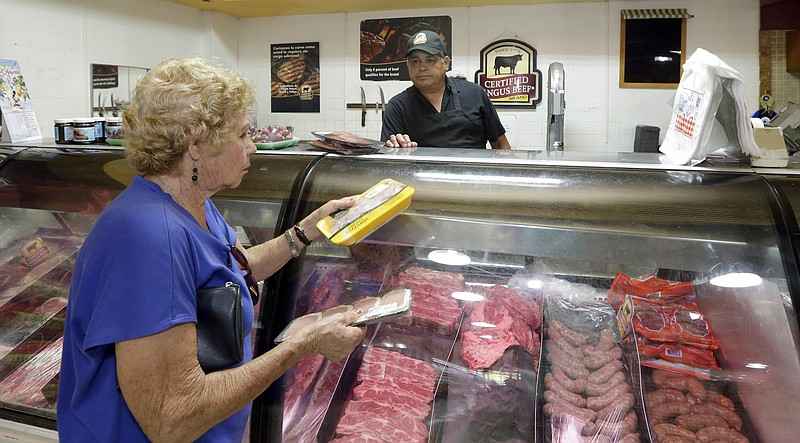WASHINGTON (AP) - Consumer spending in June rose by the smallest amount in four months as shoppers cut back on purchases of cars and other big-ticket items.
Consumer spending edged up 0.2 percent in June, the poorest showing since a similar increase in February, the Commerce Department reported Monday.
The modest advance followed a revised 0.7 percent rise in spending in May. The increase had been driven by heavy spending on autos. But in June, auto sales slowed. Overall purchases of durable goods, the category that covers autos, fell 1.3 percent in June.
Personal income rose 0.4 percent for a third straight month, reflecting strong employment gains.
Economists believe steady employment gains will boost consumer spending and drive faster economic growth in the second half of this year.
With income rising faster than spending, the personal saving rate edged up to 4.8 percent of after-tax income from 4.6 percent in May.
An inflation gauge closely watched by the Federal Reserve rose by 0.1 percent in June, the same as in May. Over the past 12 months, this price gauge is up just 0.3 percent, reflecting big declines in oil prices. Prices excluding food and energy are up just 1.3 percent.
Those figures are well below the Fed's 2 percent target for annual increases in inflation.
For the full April-June quarter, consumer spending posted a solid gain, rising at an annual rate of 2.9 percent, much stronger than the 1.8 percent growth rate for spending in the first quarter.
The improvement in consumer spending was the biggest factor boosting overall economic growth to 2.3 percent in the second quarter. That was up from a revised 0.6 percent GDP increase in the first quarter.
Through the first six months of this year, the economy expanded a modest 1.5 percent. But economists believe solid gains in employment will likely double that growth figure to around 3 percent in the second half of the year.
The Federal Reserve last week cited gains in consumer spending, the labor market and housing as evidence the economy is improving. But Fed officials kept a key borrowing rate at a record low near zero, where it has been for almost seven years. Some economists believe further gains in the economy and an acceleration of inflation, which has been running below the Fed's 2 percent price target, will prompt officials to begin raising rates later this year.
Some analysts think the first rate hike will occur at the next Fed meeting on Sept. 16-17, while others believe it could be December before Fed officials will feel confident enough about the economy.
